Description
Human Brain Model – A Detailed Guide to Structure and Functions
The human brain model is an essential educational tool that accurately represents one of the most complex organs in the human body. Designed for clarity and precision, it highlights the brain’s intricate anatomy and functional regions, making it an invaluable resource for medical students, educators, and healthcare professionals.
A high-quality human brain model typically showcases the major structures, including:
-
Cerebrum – Responsible for higher brain functions such as thinking, reasoning, memory, and voluntary movement.
-
Cerebellum – Plays a vital role in balance, coordination, and motor control.
-
Brainstem – Controls essential functions such as breathing, heart rate, and reflexes.
By providing a detailed visual representation, the model allows users to explore how different brain regions work together to regulate cognitive abilities, emotions, and physical actions.
The benefits of using a human brain model include:
-
Enhanced Learning – Helps students and trainees understand complex neuroanatomy in a clear, visual way.
-
Interactive Education – Offers a hands-on approach for teaching anatomy in classrooms, universities, and training programs.
-
Medical Reference – Useful in clinics and hospitals to explain neurological conditions and surgical procedures to patients.
In research and education, the human brain model bridges the gap between theoretical knowledge and practical understanding. Whether used in neuroscience studies, medical demonstrations, or patient education, it is a versatile tool that improves comprehension of brain structure and function.
Conclusion
The human brain model is more than just an anatomical replica—it is a key to unlocking the mysteries of the brain. By studying its design, educators and medical professionals can foster a deeper appreciation of the brain’s complexity, making it an indispensable asset in both academic and clinical environments.

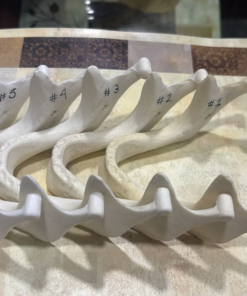
Reviews
There are no reviews yet.